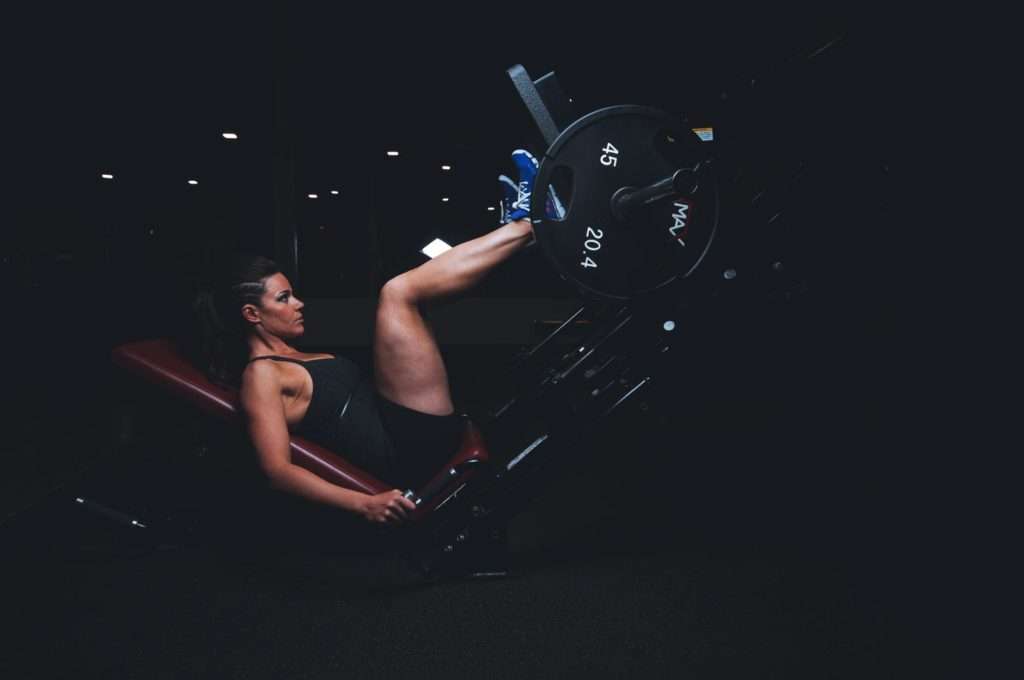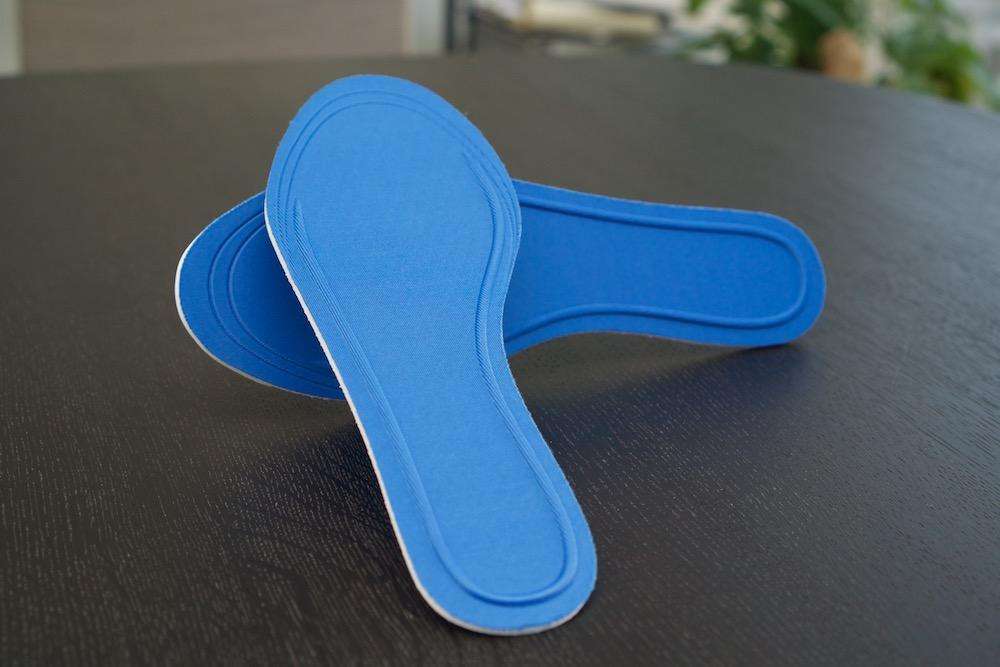Knee pain in athletes
When you involve in an active lifestyle of professional or amateur sports, dealing with the occasional minor knee injury is not uncommon. Usually, knee injuries occur in athletes during their practice sessions or competition on the field. However, sometimes knee injuries may also result from overuse, stress, and imperfect form of training or sports. For whatever reason you are experiencing pain or injury in your knees, it is crucial to treat or manage them accordingly. This will aid your healing and enable you to get back to doing things you are passionate about.
Athletes can hurt their knees in several ways; however, the common causes of knee pain found in athletes may include knee tendinitis, bursitis, patellar fracture, knee ligament injuries, and meniscal injuries. This article is a detailed account of the top tips that will help you treat or manage mild to moderate knee pain. However, if you suffer from severe conditions, such as knee dislocation or knee fracture, you must consult your healthcare professionals to diagnose the problems and treat them accordingly.
Top tips to manage knee pain
High-contact sports, running, and other strenuous activities usually result in knee pain or other minor injuries, including ligament injuries. The given tips will help you manage your knee pain and enable you to re-join your practice session shortly:
Temperature management
If you experience knee pain resulting from a recent injury, you need to start managing your pain with a cold, reducing swelling and numbing the immediate pain. You can use ice packs to provide your knees with steady cold therapy. However, you must wrap the ice packs in a towel to prevent damaging the skin. Healthcare professionals suggest applying ice for 15 – 20 minutes after every 2 – 3 hours following the first 48 – 72 hours of injury.
Once the swelling is controlled, you need to provide your knees with gentle heat a few times a day, relaxing the tendons and muscles. Heating pads are considered the best option for heat therapy and ensure you apply heating pads for 15 – 20 minutes several times a day. Substituting one or more heating times with a hot bath is also recommended.
Prevent further damage
During recovery or healing following a knee injury, it is crucial to prevent your knees from further damage. Remember that any damaged tissues or ligaments require time to heal properly. So, avoid high-impact exercises. For this purpose, you must also provide your knees with complete rest and immobilisation. Landing on the injured knees or putting weight on them will not only be painful, but it may also extend the time your knees take to heal. Wearing hinged knee braces helps immobilise your knees and provides relief from pain and other discomforts.
Wear proper footwear
During recovery from knee pain or injury, your footwear plays a vital role. For example, you must wear proper footwear that fits accordingly, avoiding putting extra pressure or stress on your legs or knees. To treat your knee pain carefully, ensure that you wear shoes that are nicely cushioned and prevent setting your legs at an unexpected angle from your feet. Check the insoles of your shoes whether they are comfortable or not. If not, you must buy a new pair of shoes with better insoles to wear during the recovery process.
Follow the RICE method
From mild to moderate symptoms of knee injuries, healthcare professionals suggest following the RICE method. The RICE method comprises rest, ice massage, compression, and elevating of the injured areas. We have discussed above that how you can provide your knees with rest and icing. For compression, you can wrap your knees with knee support braces or compression sleeves. However, for elevation, you must elevate your injured area from above your heart level. The RICE method has been proven to reduce pain, swelling, and other discomforts.
Avoid resting too much
Indeed, a complete break from your physical routine is good to provide your knees with complete rest, helping avoid further injuries. But remember that resting too much and too long may cause your muscles to weaken. It may decrease the muscles’ ability to support the damaged or injured area. And instead of making your condition better, the resting period may worsen the pain instead. So, the best practice for you is to take rest but stay active and keep moving carefully so that would not overly stress your knees.
Continue exercising
Whether you are injured or just resting from your routine due to some other purpose, you must keep your exercises continuing, helping you stay active and promoting healing. It is better to engage in cardio workouts that will surely not stress the damaged knees. This is a great time for you to work on other body parts, including the back, chest, and arms, except your legs or knees. However, you can also work on strengthening exercises, including water aerobics, walking, and swimming to strengthen your leg muscles.
Use walking aids
During the recovery time following a knee injury, you may have to face two conflicting goals. One is to stay off the damaged knee and the other is to stay active to keep your knees in shape during the recovery. So, it is the perfect time to use a cane, crutch, or fancy walking stick. You can use these walking aids as long as your knee takes to heal completely.
Wear knee support braces
In order to relieve pain or promote recovery following a knee injury, wearing knee support braces come with many benefits. For example, knee support braces provide the injured areas with needed support and compression, helping improve blood circulation. The increased blood circulation to the damaged areas helps speed up the recovery and healing process.
Take medicines when necessary
Over-the-counter medications, including ibuprofen and naproxen sodium, may help ease the pain. You can also take other medicines prescribed by your GP or healthcare professionals to relieve pain, inflammation, and other discomforts.
Seek professional advice
Whether you are a professional athlete or participate in sports occasionally, you must always seek professional advice, to help you practice or perform well in your particular sport. As well as this, if you suffer from knee pain or any other injury, you must consult your GP or professional trainers to seek better treatment plans accordingly.
ALOS READ:


